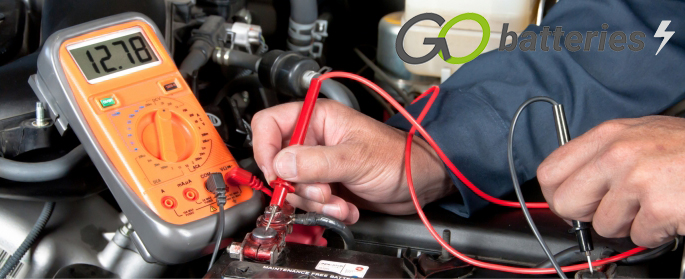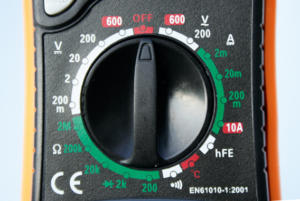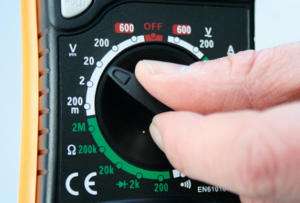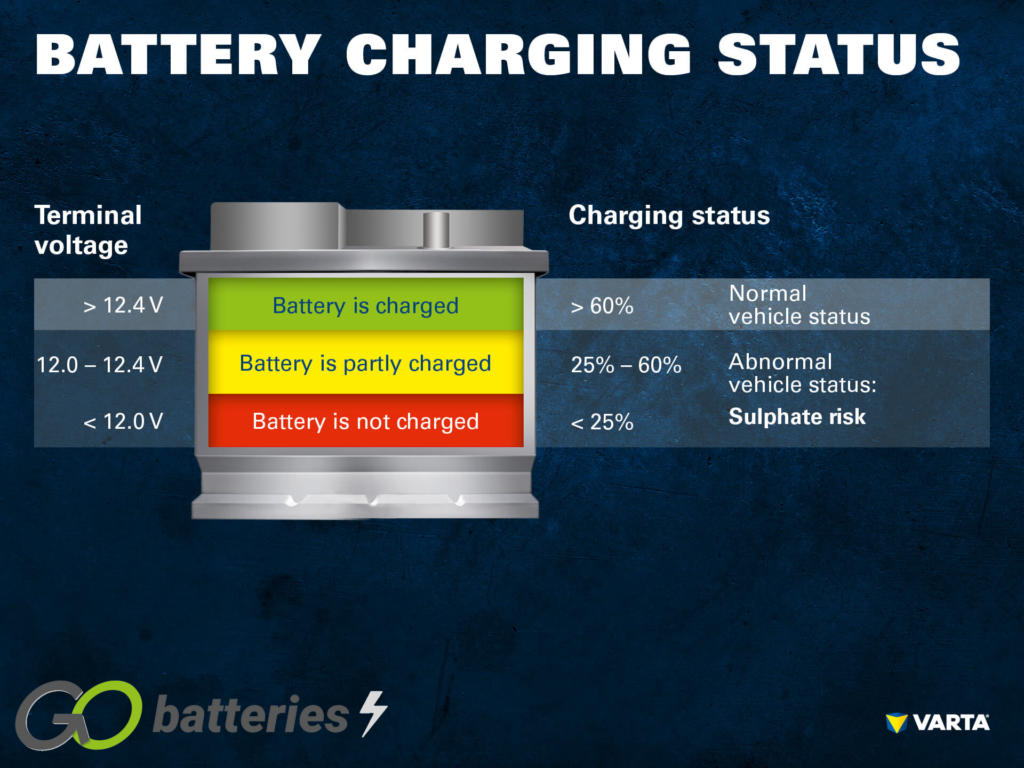
How To Check and Test a Motorcycle Battery With a Multimeter
It is always good practice to be able to check the level of charge in your motorcycle battery. Here we will help you understand how to check the charge in your motorcycle battery using a multi-meter and what other helpful checks you can carry out. Early motorcycles as with some classic cars, can have 6 volt batteries powering their electrical systems. The majority of motorcycle batteries on the market today are 12 volt and as such we have laid out the information below based on 12 volt systems, however a basic rule of thumb for 6 volt battery systems (when it comes to checking the voltage of you battery) would be to halve to figures stated below. So for example, a healthy, fully charged 12 volt battery should register around 12.6 to 12.7 volts. If we are looking at a healthy 6 volt battery, we should register around 6.3 volts. Similarly a 12 volt battery registering below 12 volts is classed as discharged, a 6 volt battery registering below 6 volts is also classed as discharged.
How Many Volts Should a Motorcycle Battery Have?
A good healthy motorcycle battery should register between 12.6 to 12.7 volts. Due to the way batteries discharge it’s very important that you test the battery after it has been sitting (not running) for at least an hour, in order to get the resting voltage of the battery. Testing the battery just after the motorcycle has been ridden or running will give an inaccurate reading! The best option would be to leave your motorcycle overnight and test the battery before you start the motorcycle in the morning, this would accurately gauge the health of your battery.
Many batteries are located under the seat, however you could also find them inside the side fairing or elsewhere, if you are unsure then please consult the owners manual. In a number of motorcycles the batteries can be encased in a plastic shroud or cover, these will either unclip, lift off or sometimes require unfastening some bolts or screws. Once you can see the battery you may find that the positive terminal has a red cover, this will lift off or pull back to expose the terminal below, you could find a black cover on the negative terminal in some cases, again this should pull back or lift off.
Once both the battery terminals are exposed be extremely careful not touch both of the terminals with anything metal, this will cause a short circuit!

How To Test a Motorcycle Battery With a Multimeter
You will first want to make sure you have your multi-meter (also known as a digital voltmeter) set correctly to measure DC voltage, this is indicated with a dashed line and a solid line and above a letter V. You need to have the dial set to 20 which will accurately measure between 0-20 volts. If the reading blinks when it’s not attached to anything, you may need to replace the multi-meter’s internal battery.


Take the red probe and place this on the positive terminal of the battery, the positive terminal is usually marked red and carries a + symbol. Taking the black probe and likewise place this on the negative terminal of the battery, the negative terminal of the battery is usually marked black and carries a – symbol. Your reading for a fully charged battery should read 12.6 to 12.7 and for some AGM batteries 12.8, if you have a reading which is showing -12.6 or -12.7 then you have the probes the wrong way round.
As mentioned previously, a fully charged battery is 12.6 to 12.7 volts and the resting voltage, ideally should be no lower than this. But how does that help us define a half charged or even flat battery? A rule of thumb is that a battery reading 12.4 volts is half charged and a battery reading of 12.2 volts is flat, there are occasions where a vehicle may start at 12.2 volts but this would be rare and you are at a dangerous level where your motorcycle will suddenly not start. Below 12 volts is classed as discharged and the lower the voltage drops is deep discharge and sulphation will occur.
More modern motorcycles may experience ‘parasitic loss’ which is essentially when your motorcycles electrical system continues to pull energy from the battery, even when the motorcycle is entirely turned off. This not to be confused with leaving your lights on or not completely switching the key to the off position, draining your battery. Instead, ‘parasitic loss’ is when everything is turned off and electricity still continues to drain from the battery. This can be caused by electrical components such as computers, immobiliser, alarm, vehicle tracker, and more besides, this is known as parasitic drain. If your motorcycle is being used daily and the journey is of reasonable length, then these effects are kept to a minimum. However if your motorcycle is used infrequently or for many short journeys and you haven’t charged your battery recently, then the amount of electrical energy pulled from this process goes beyond the normal range, it becomes a problem that may affect your battery performance and ultimately it’s service life.
You may also find with older motorcycles that you are having similar symptoms to ‘parasitic loss’ but this can be caused by loose battery cable connections, either at the battery or where the positive lead connects to the starter and the negative cable to where it connects, as this can differ from model to model.
If you are concerned this is occurring then fully charge your battery on an appropriate battery charger and then test the battery after resting the battery overnight. If you are planning on storing the motorcycle you can either disconnect the battery, or remove it entirely from the vehicle.

How To Test The Alternator With a Multimeter
There are five main electrical components in a motorcycles charging system that can fail. These are the: Battery, Alternator or (Stator), Rectifier / Regulator, Cables, Fuses and Relays. But to keep on top of our batteries health we need to make sure the charging system on the motorcycle is supplying the correct amount of power to the battery. We can do this by following the steps below, but first we should mention that some older, classic motorcycles may have a dynamo which charges the electrical system and these characteristics differ from the way an alternator and rectifier charges, also the charging rate figures will differ on a 6 volt battery charging system. For charging details of a dynamo system and 6 volt electrical systems please consult your user manual.
It’s important to mention that the alternators or (stator) and rectifier / regulators job is to produce electricity and charge the battery, this needs to be done so the motorcycle has sufficient charge to start the next time. Whilst riding along the alternator or (stator) takes on the role of delivering power to the motorcycles electrical systems and also supplying charge to the battery. It is important to remember that if you have a deeply discharged battery, the alternator or (stator) alone will not be able to fully charge your battery, this can only be achieved by charging the battery on a battery charger.
In order to check the charging system is supplying the correct amount of charge, connect the multi-meter probes directly to the battery terminals (as previously mentioned above). Read the standing voltage (making sure your battery is charged) and start the engine. Increase the engine revs to between 3000 and 4000 rpm whilst watching the readings on the voltmeter. If the motorcycles charging system maintains a voltage between 13.0 and 14.5 volts, this would be consistent with a healthy charging system. Some motorcycle charging systems can operate up to 15.0 volts, to clarify this please consult your owners manual. If the voltage reading is the same as prior to starting the engine, or below 13.0 volts the charging system is not working and further diagnosis will have to be performed.
If you have a reading above 15.0 volts then this would indicate your regulator is damaged, this in turn will overcharge and effectively cook your battery, boiling away the electrolyte. Whether your charging system is under-charging or over-charging, either will great reduce the battery life and likely need a professional to investigate and remedy the issue.
















